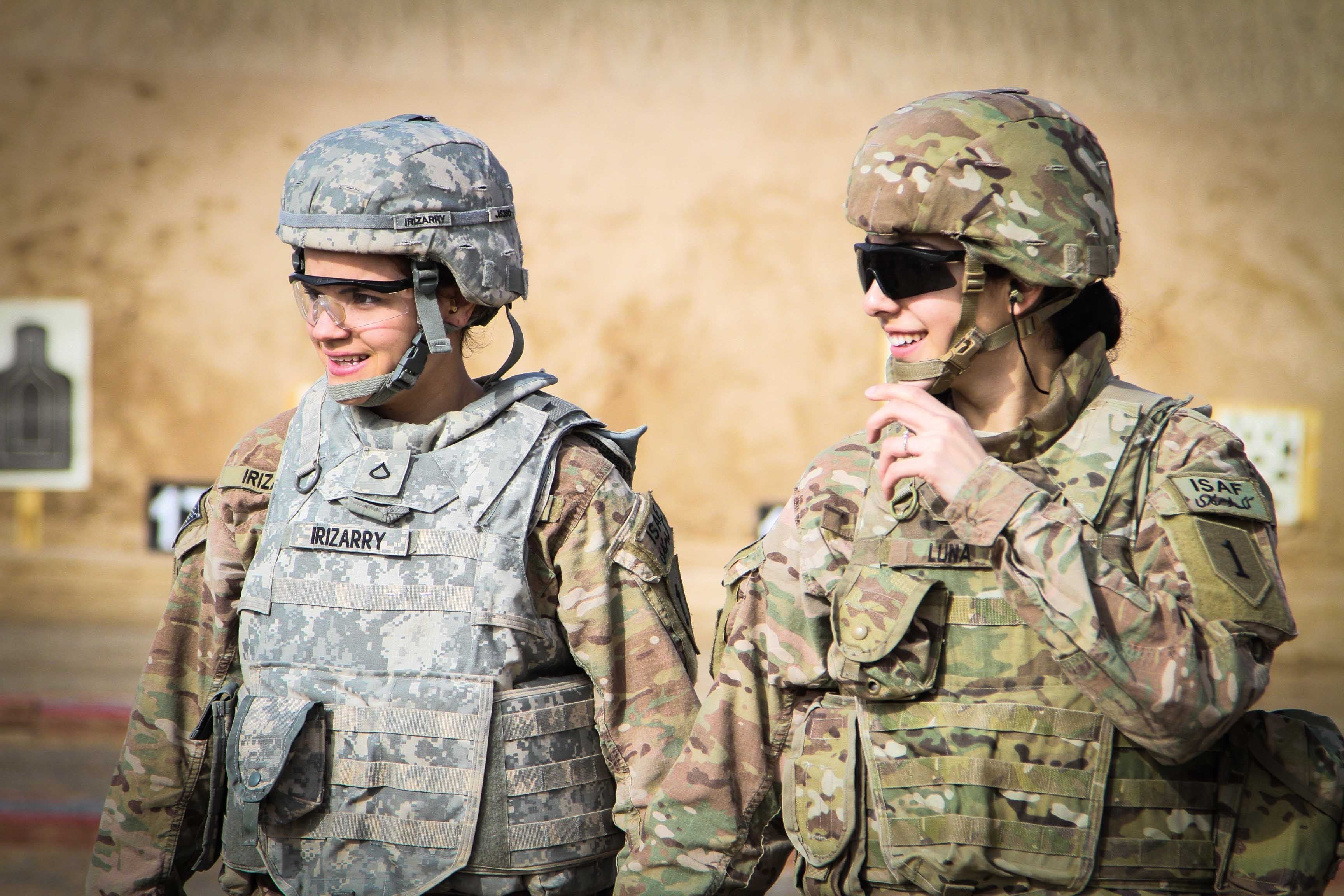March 8 is International Women’s Day — a celebration which would be incomplete if the female trailblazers of the United States Army were not recognized. Though not often viewed as equals by their male counterparts, women have dutifully served their country since the days of the American Revolution. From breaking barriers in combat to challenging the status quo across eras, here are eight female soldiers who changed the course of history for the U.S. military.
Cathay Williams
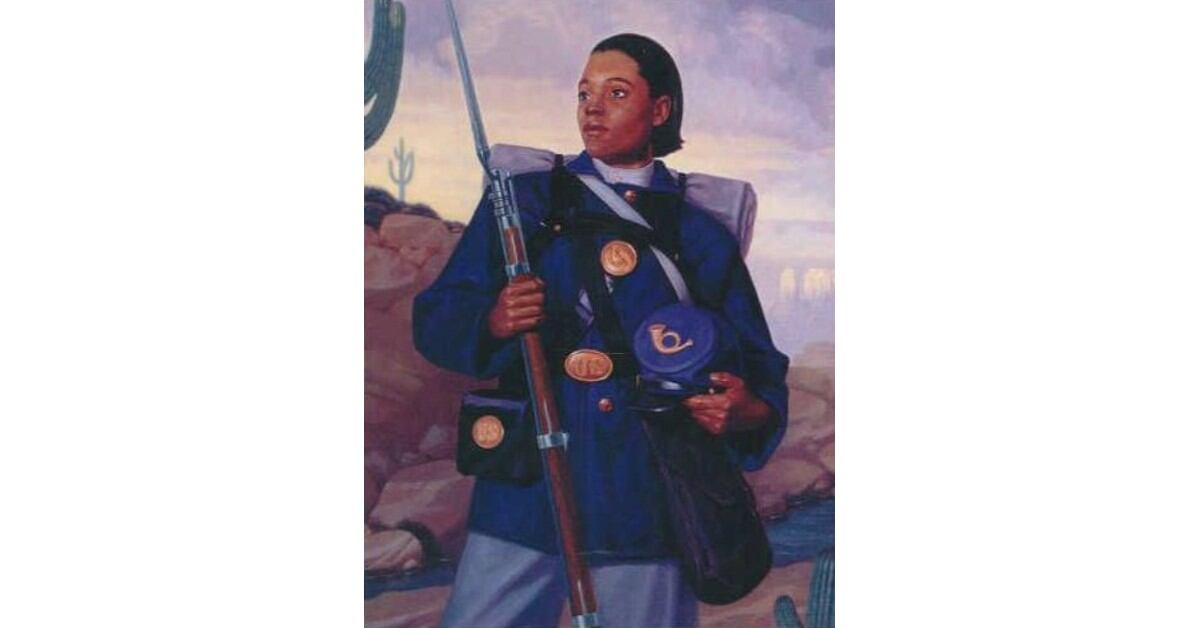
Pvt. Cathay Williams began her journey with the U.S. military in a support role during the Civil War, forced to serve due to her status as a captured slave, the National Park Service noted. After the war, Williams became the first Black woman to enlist when she joined the Army under a male pseudonym, William Cathay, in 1866, the Army noted.
“A young, female, unmarried former slave,” Williams joined the Army without a full medical examination, and she was assigned to the 38th U.S. Infantry Regiment – which would become part of the famed Buffalo Soldiers, according to the Wounded Warrior Project.
Suffering from smallpox, Williams was discovered to be a woman while undergoing treatment and honorably discharged in 1868. She continued in her work as a military cook at Fort Union, New Mexico. Her story was documented in the St. Louis Daily Times in 1876.
Williams was the first Black woman to enlist in the U.S. Army and the only known female Buffalo Soldier.
Dr. Mary E. Walker
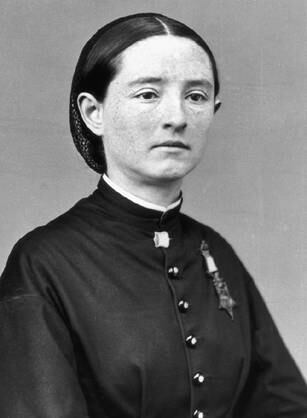
In 1861, 29-year-old Dr. Mary Walker applied to become a surgeon with the Union Army, as she had been one of the few female physicians in the country prior to the start of the Civil War. She was rejected but remained on as a volunteer, leveraging her skills to treat the wounded, AUSA noted.
Two years later, Walker finally received an appointment to serve an assistant surgeon in the Army, after spending additional time as a field surgeon in Virginia, according to an Army story. In the latter years of the war, Walker was captured by Confederate forces, held in squalid conditions as a prisoner of war, yet another in a long line of abuses due to her status as a woman.
She lobbied for women’s causes and for her service during the war, she was awarded the Medal of Honor in 1865. The award was later rescinded in 1917 due to her status as a civilian, but President Jimmy Carter restored the award in 1977, the Army noted.
Dr. Mary Walker remains the only woman to have received the Medal of Honor in U.S. history.
Harriet Tubman
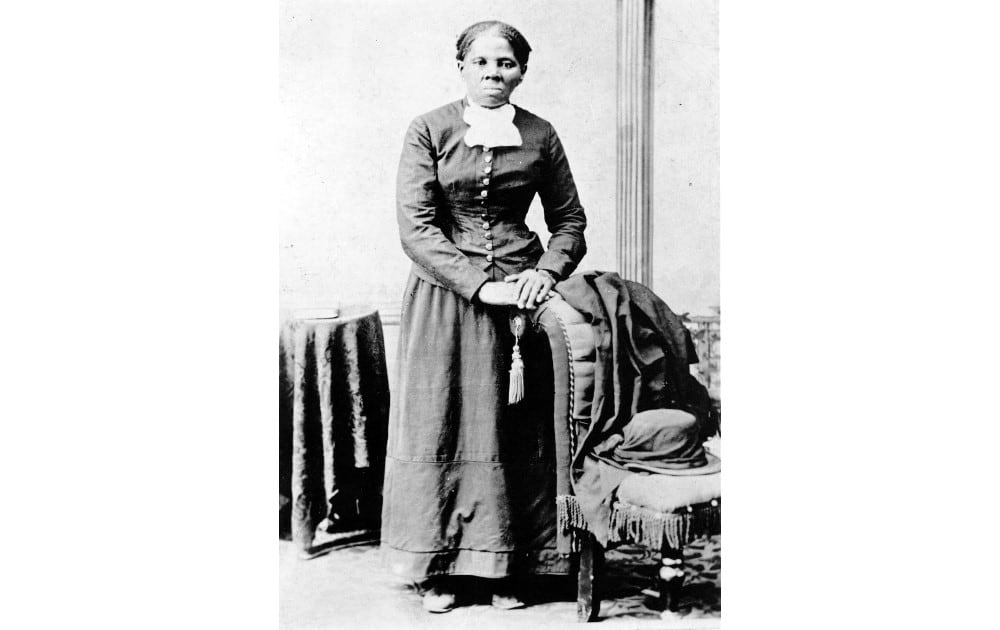
Beyond being the legendary “conductor” of the Underground Railroad, shepherding enslaved persons to freedom, Harriet Tubman also aided the Union’s military effort in the Civil War. Early in the war, Tubman served as a nurse for Union regiments before moving on to a larger role as spymaster and military scout.
Under the direction of War Secretary Edwin Stanton, Tubman recruited locals throughout conquered areas in the South to pass information along to Union commanders and assist in assault preparations. Her group’s work led to a successful assault on Jacksonville, Florida, and the Combahee River Raid in June 1863, as Military Times previously reported.
Decades later, Tubman finally received recognition — to a degree — for her military service during the Civil War, as she had been kept out of official military documents. In 1899, Tubman was granted a pension, officially validating her widely known contributions to the Union cause.
Mary A. Hallaren
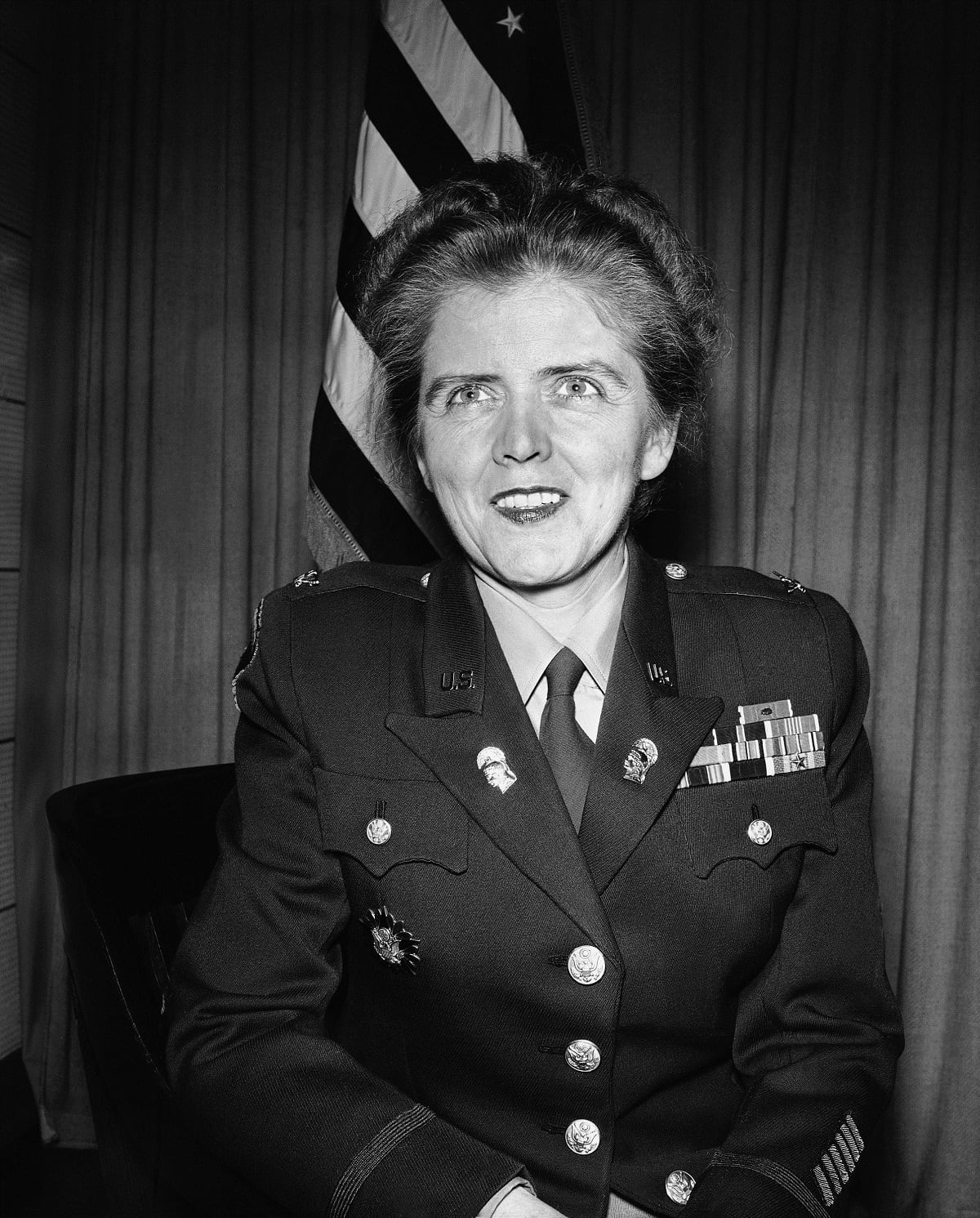
Col. Mary Hallaren became a member of the first training class of the Women’s Auxiliary Army Corps (later, Women’s Army Corps, or WAC) in 1942 before commanding the largest all-female unit to serve overseas. In 1948, while serving as WAC’s director, Hallaren “was instrumental” in advocating for women to be fully integrated as “permanent regular members” of the military beyond just wartime, according to the National Women’s Hall of Fame.
Hallaren, who had originally enlisted in the military following the Pearl Harbor attack, later became the first commissioned officer in the Regular Army, not a medical role, in 1948, according to the Army’s Center of Military History.
“To me there was no question that women should serve,” Hallaren said, as reported by the New York Times.
Marcella Hayes Ng
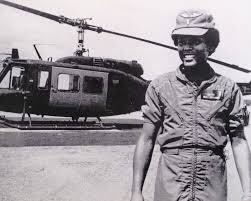
Marcella Hayes, who began her military career as an ROTC cadet at the University of Wisconsin, became the first Black female pilot in the U.S. military in 1979. She graduated Army Flight School at Fort Rucker, Alabama, earning her paratrooper badge during her training as a helicopter pilot, the Army Women’s Foundation reported.
Hayes became the 55th woman to earn her pilot wings, before being assigned to the 394th Transportation Battalion in Germany, the unit’s first black soldier and first woman leader. She went on to marry Dennis Ng, also in the Army, retiring in 2000 as a lieutenant colonel.
Linda Bray
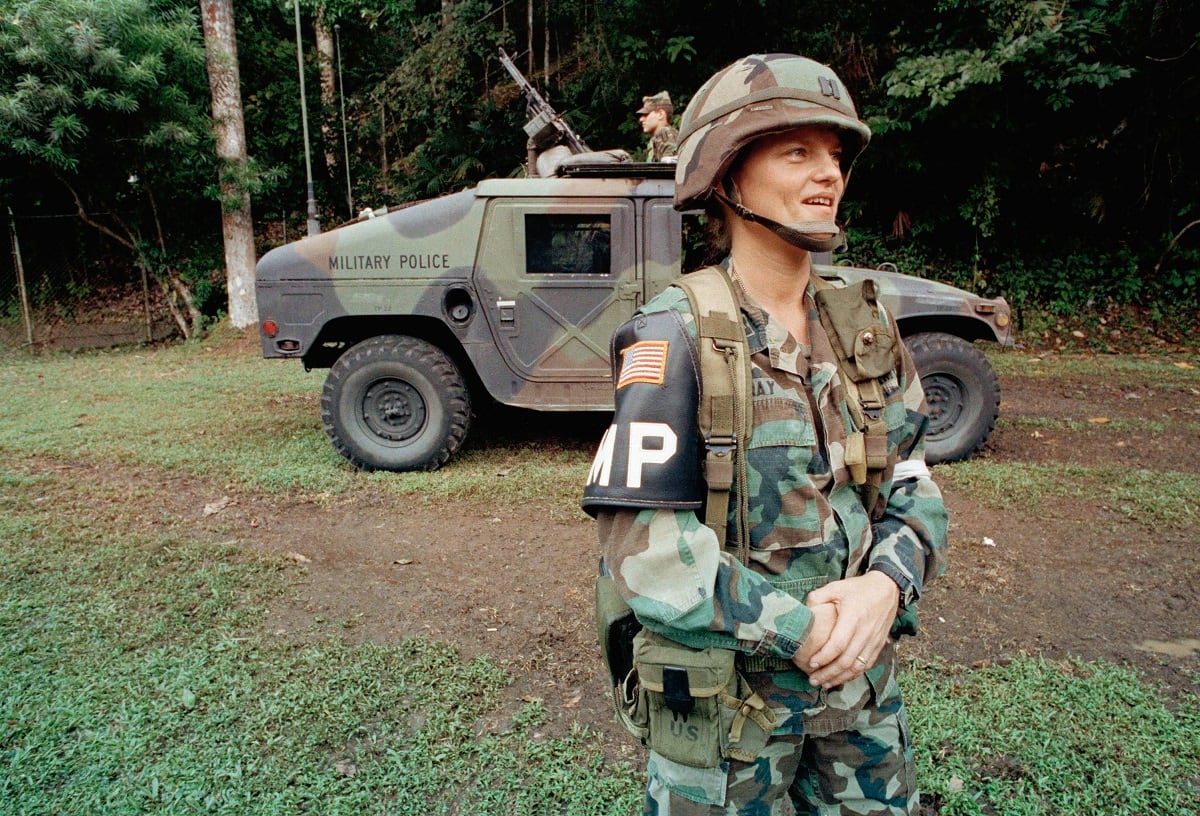
Capt. Linda Bray was one of over 700 women to participate in Operation Just Cause in Panama in 1989, as she led the 988th Military Police Company, according to the Army. There, she became the first woman to command American soldiers in battle, a trailblazing role that launched a reflection about women in the military.
“I joined the Army for the excitement, the challenge, the experience and loyalty to my country,” Bray said at the time, according to the New York Times. “I haven’t been let down a day.”
Bray’s role in combat forced the U.S. military to reevaluate their prohibition on women in the role, which ultimately culminated in an end to the ban by then-Secretary of Defense Leon Panetta in 2013, the Seattle Times noted.
Kristen Griest & Shaye Haver
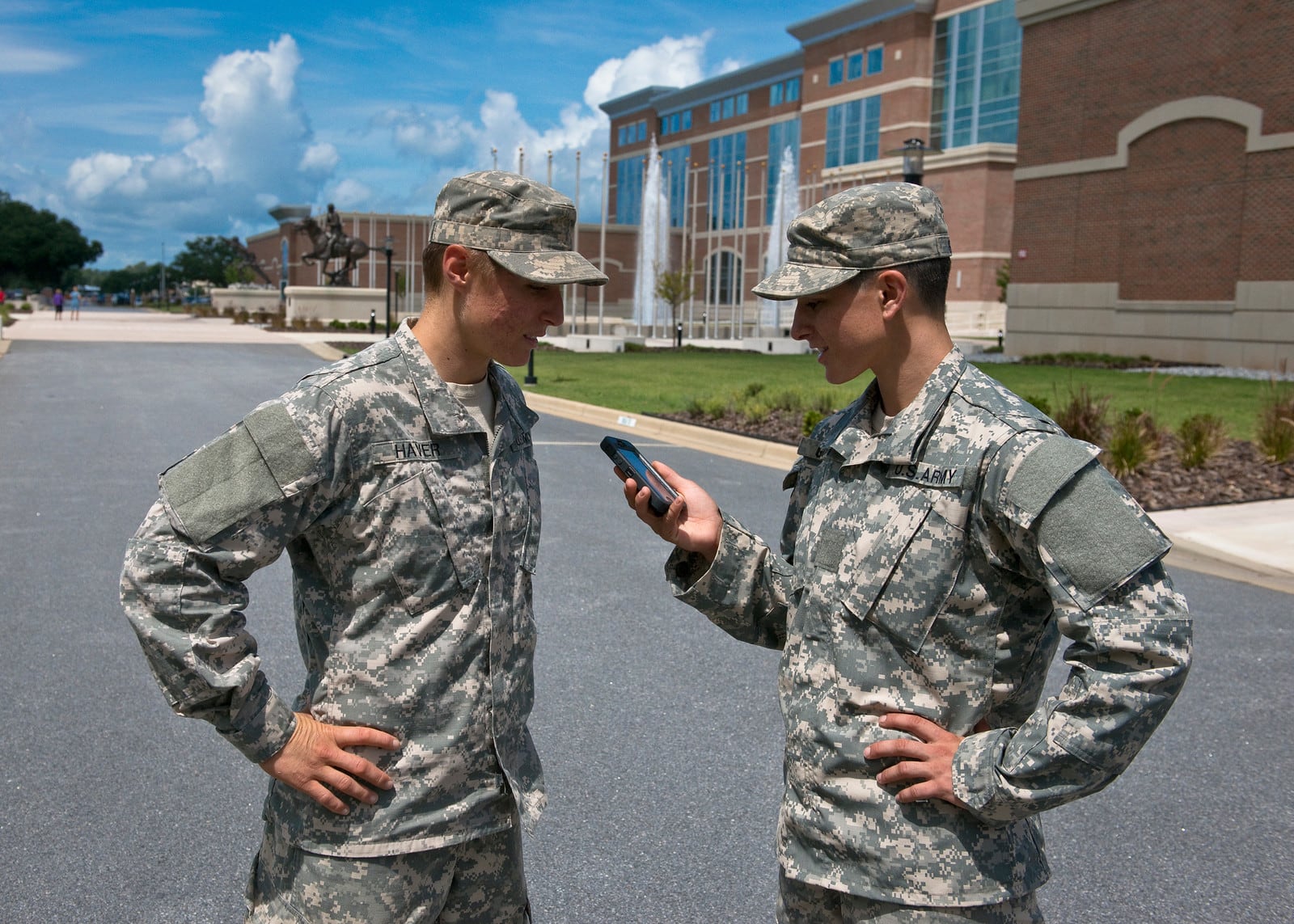
Capt. Kristen M. Griest and 1st Lt. Shaye L. Haver became the first two women to complete Army Ranger School and earn their Ranger tabs in 2015. Both graduates of the U.S. Military Academy at West Point, New York, the two soldiers became the first females of over 77,000 tabbed soldiers since the Ranger School’s inception in 1950, according to an Army story.
Griest was a military police platoon leader, and Haver was an AH-64 Apache pilot, who both looked at Ranger School as the highest challenge to prepare them to lead soldiers.
“The reasons I chose to come were the same as the men here: to get the experience of the elite leadership school and to give me the opportunity to lead my Soldiers the best that I can,” Haver told the Army at the time. “I think if females continue to come to this course, they can be encouraged by what we have accomplished, but hopefully they’re encouraged by the legacy that the Ranger community has left.”
Since Griest and Haver shattered this barrier, over 30 female soldiers have earned Ranger tabs, including enlisted soldiers and National Guardsmen, Army Times reported.
Ann E. Dunwoody
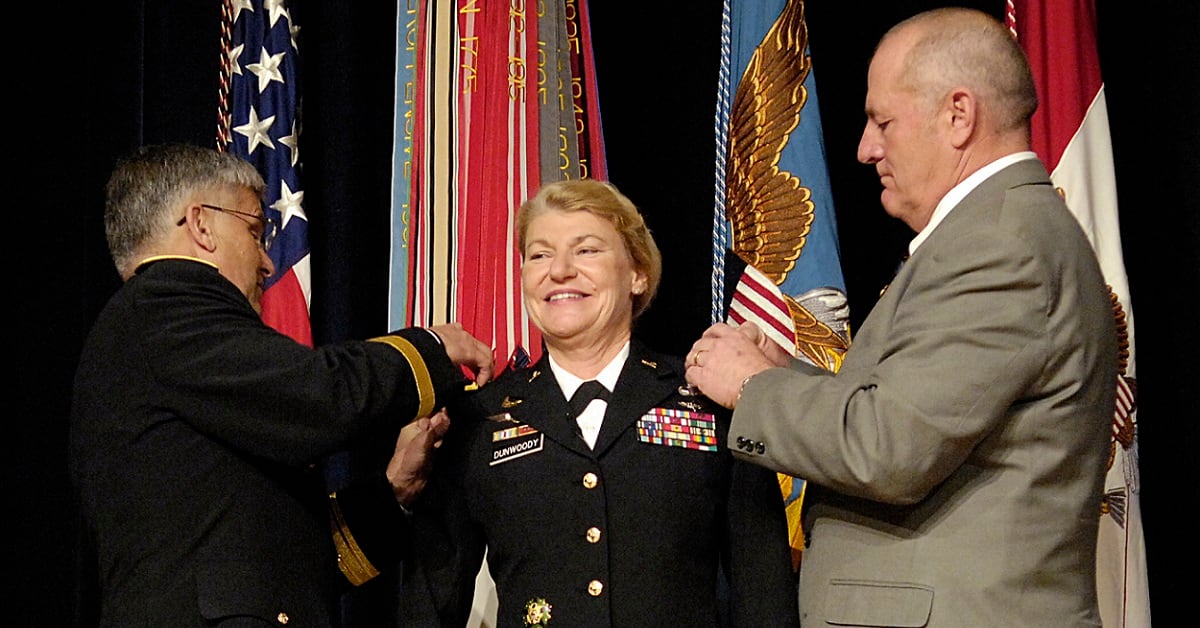
Retired Army Gen. Ann E. Dunwoody became the first woman to reach a four-star officer rank in the history of the United States military in 2008. Dunwoody, who led Army Materiel Command before her retirement in 2012, remained a pioneer throughout her decades-long service. In 1992, she became the first woman to command a battalion in the 82nd Airborne Division during the First Gulf War, according to the Purple Heart Foundation.
“I have never considered myself anything but a soldier. I recognize that with this selection, some will view me as a trailblazer,” Dunwoody said on her promotion at the time. “But it’s important that we remember the generations of women, whose dedication, commitment and quality of service helped open the doors of opportunity for us today.”
Dunwoody was a fourth-generation Army officer, and she released a book on leadership in 2015.
Dylan Gresik is a reporting intern for Military Times through Northwestern University's Journalism Residency program.
